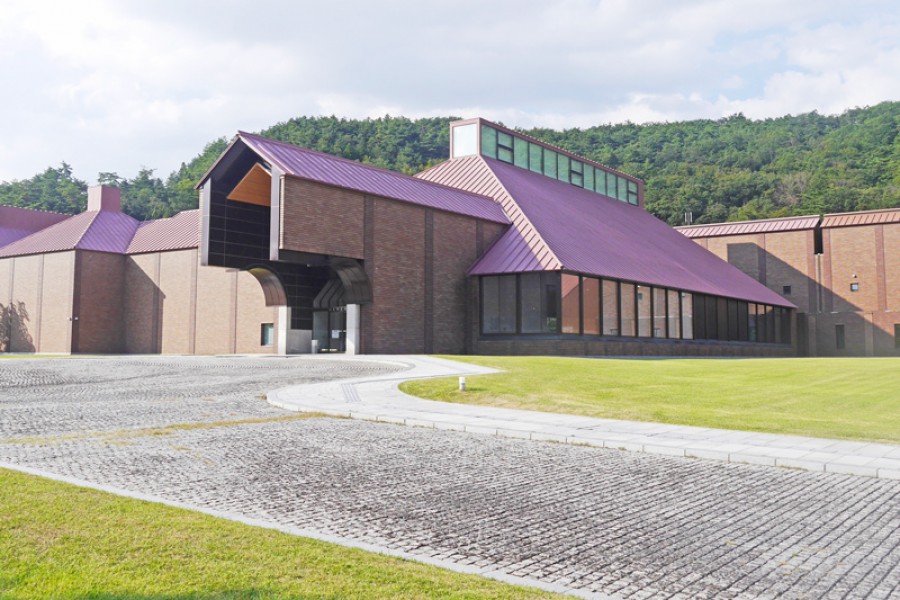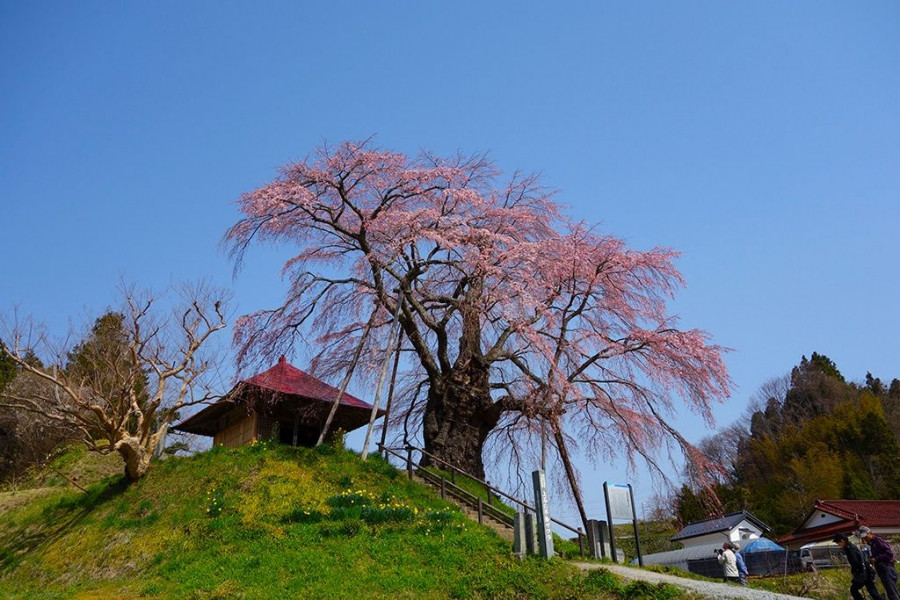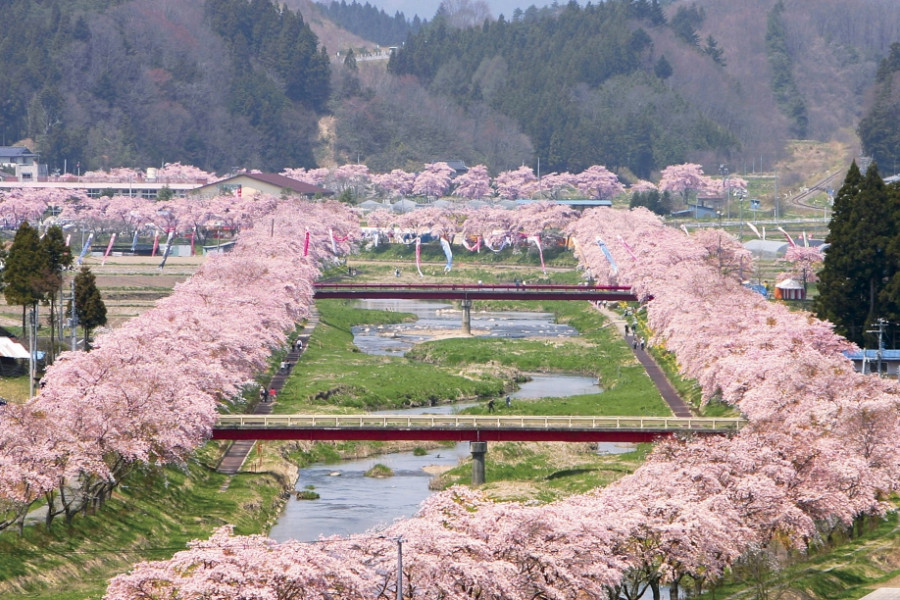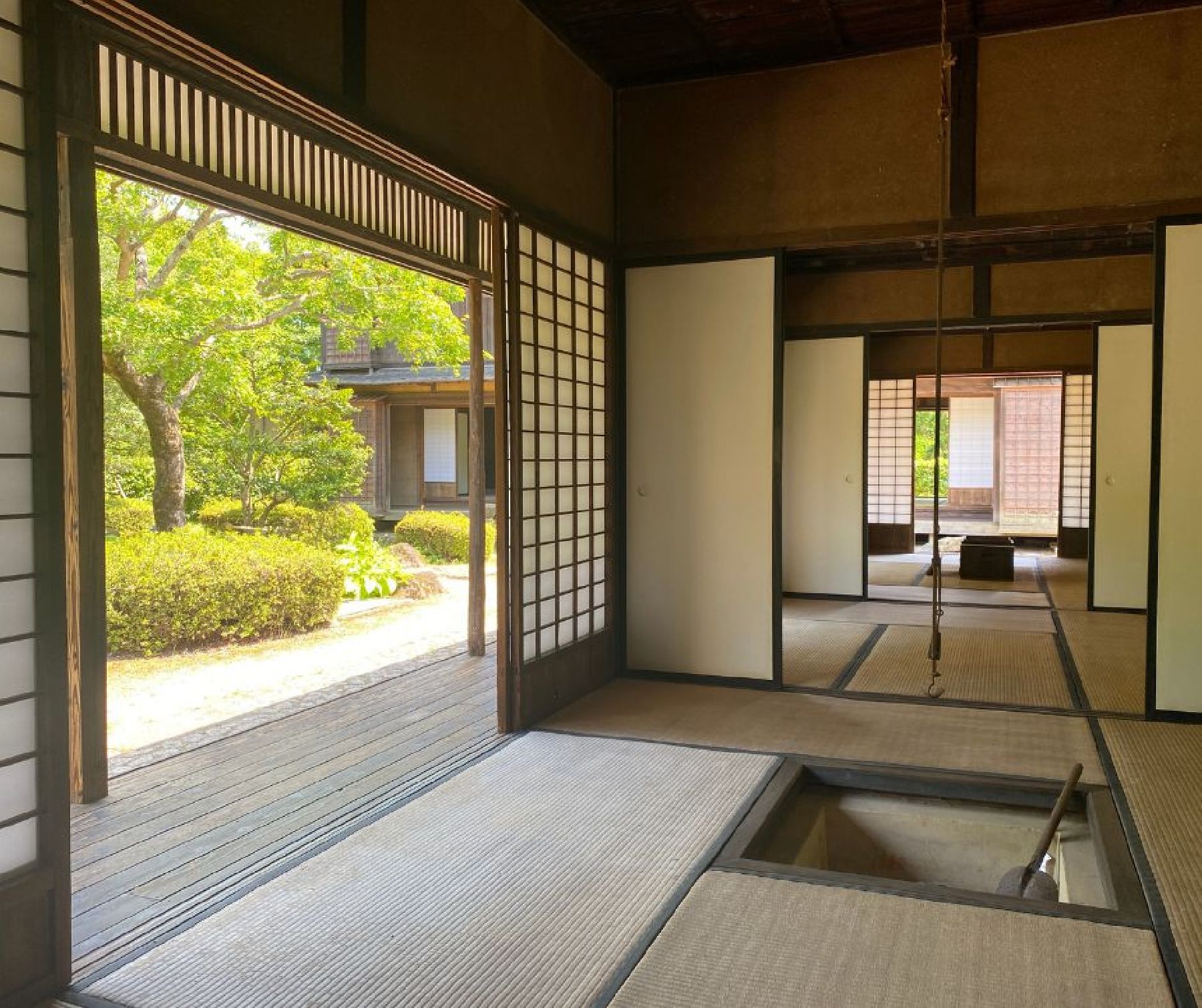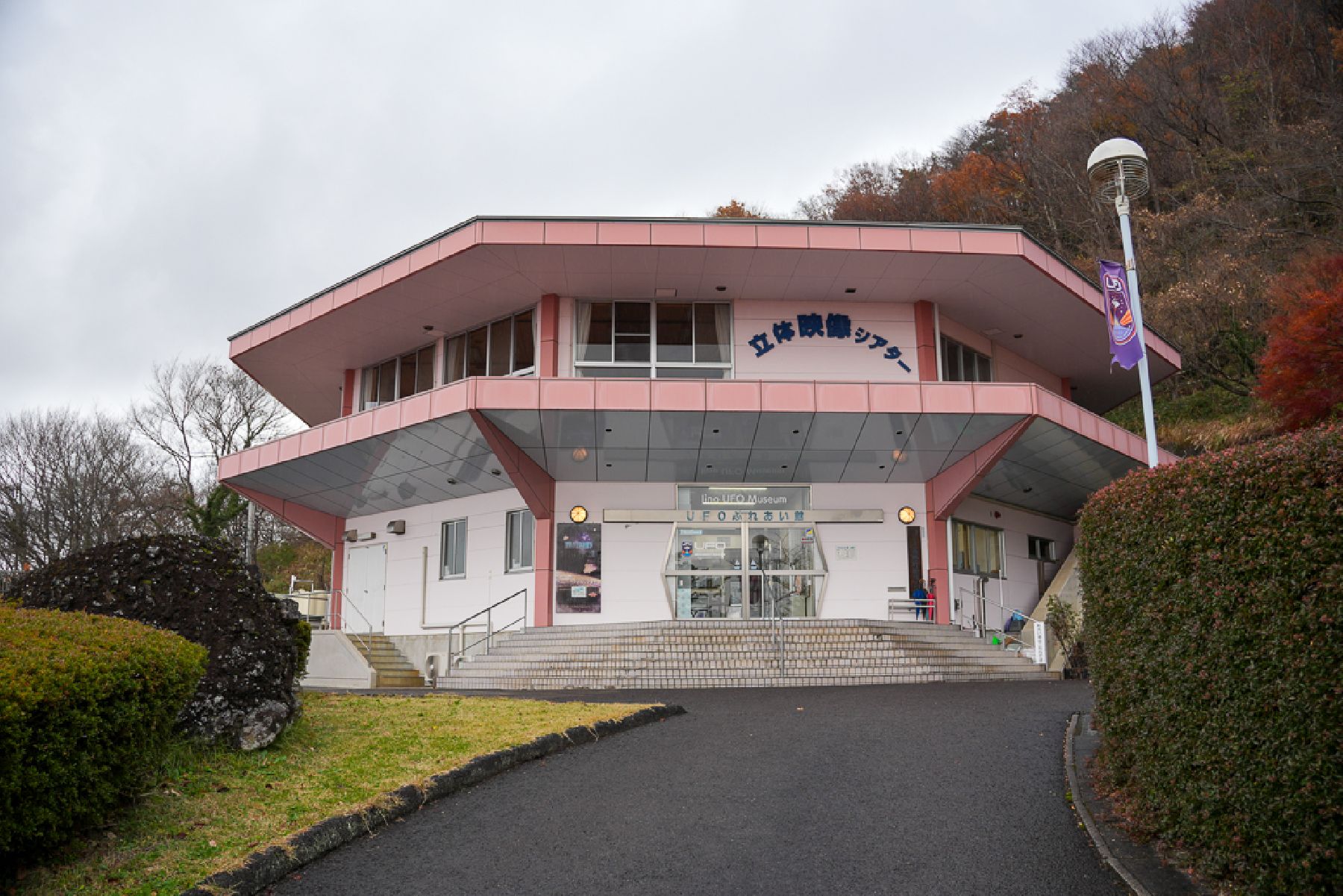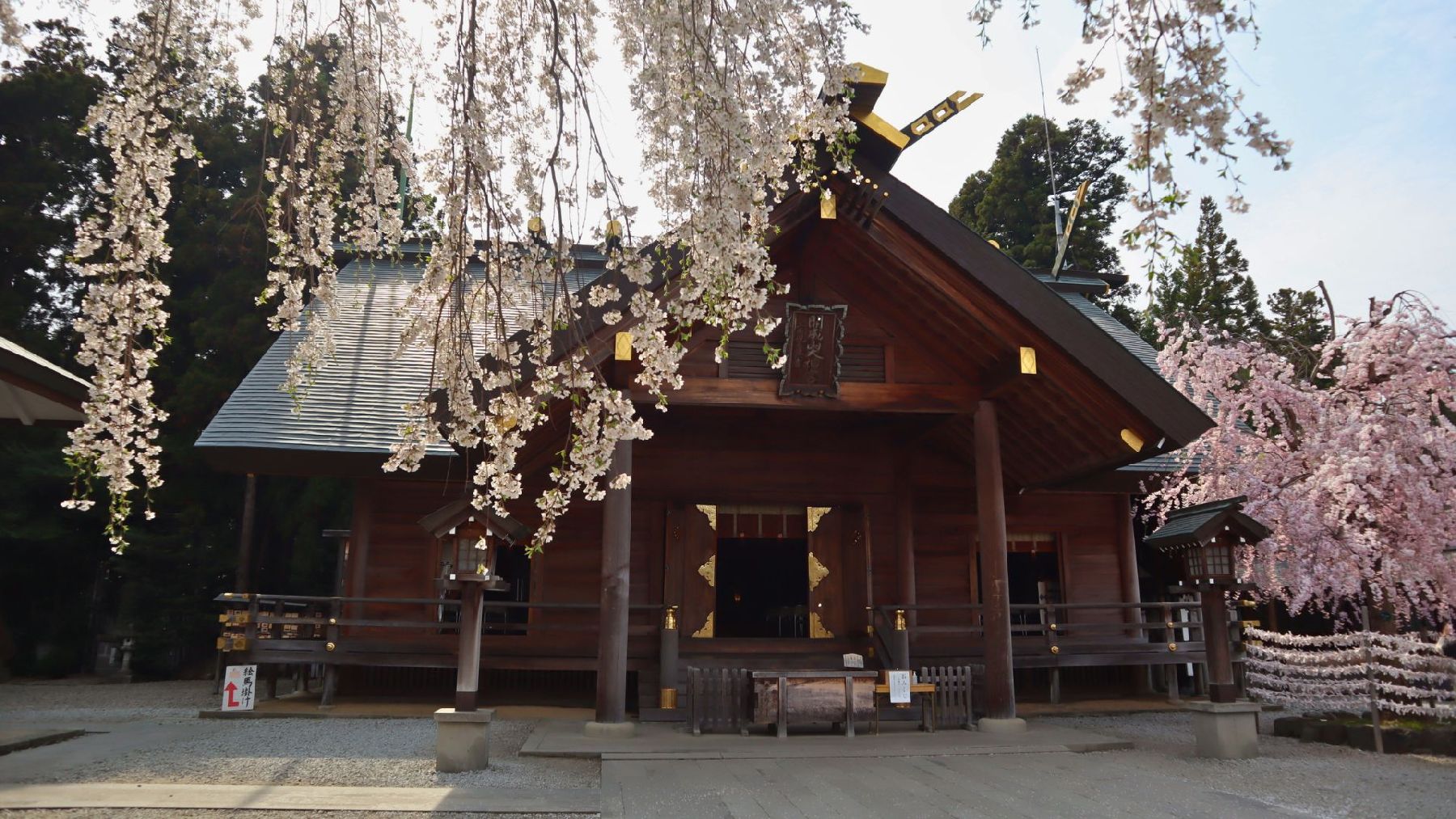
Kaiseizan Daijingu Shrine
Kaiseizan Daijingu Shrine (開成山大神宮) is a Shinto shrine located in front of Kaiseizan Park in Koriyama City. The shrine was established in 1876 and is famous for its cherry blossom festival during the spring, as well as for its New Year celebrations, among other festivities.Three deities are enshrined at Kaiseizan Daijingu Shrine: Amaterasu, a Shinto deity believed to be the ancestress of the Imperial family of Japan; Emperor Jimmu, who according to Japanese mythology was the first emperor of Japan; and Toyouke-Ōmikami, the goddess of agriculture and industry in Shintoism.
